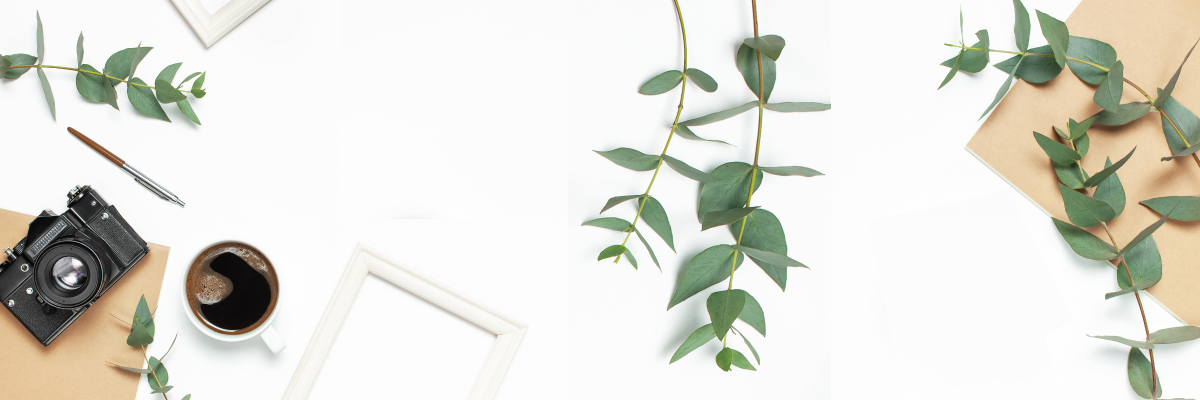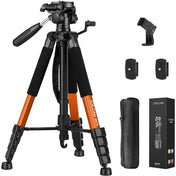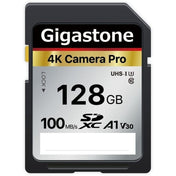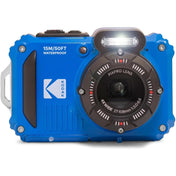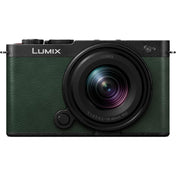In the era of digital evolution, smartphone photography has surged in popularity, transforming how we capture and share our world. With advancements in technology, photography is more accessible than ever, allowing both amateurs and professionals to create stunning images right from their pockets. This article dives deep into the pros and cons of smartphone photography, analyzing its impact on the art of photography and how it intersects with traditional methods, including the use of the photo journalism camera.
Understanding the Smartphone Photography Boom
Smartphone photography has witnessed a meteoric rise since smartphones entered the mainstream market. Today, nearly everyone has a smartphone equipped with a camera, leading to an explosion of content across social media and digital platforms. This democratization of photography allows more people to express themselves artistically and document their daily lives.
Access and Convenience
The convenience of having a camera readily available at all times cannot be overstated. Unlike traditional photojournalism cameras that often require specific skills and knowledge, smartphones allow even the most inexperienced users to take quality photographs. The ease of use means that anyone can snap, edit, and share their images in a matter of seconds.
The Advantages of Smartphone Photography
1. Accessibility for All
One of the key benefits of smartphone photography is its accessibility. With a smartphone, virtually anyone can take high-quality photos without needing extensive education or training. This opens up opportunities for people to explore their creativity and share their unique perspectives with ease.
2. Advanced Features and Editing Capabilities
Modern smartphones come equipped with advanced camera features such as multiple lenses, night mode, and various filters, enabling users to capture images in a multitude of environments. Additionally, the integration of powerful editing software allows for on-the-go adjustments that can refine images instantly, often surpassing the capabilities of traditional photojournalism cameras.
3. Immediate Sharing Capabilities
Social media platforms like Instagram and Snapchat have further fueled the rise of smartphone photography, providing a platform where users can instantly share their work with a global audience. This not only encourages creativity but also fosters a sense of community among photographers, fostering engagement and feedback.
4. Low Cost
Pursuing photography traditionally requires significant investments in equipment, including high-quality lenses, tripods, and other accessories associated with a photo journalism camera. In contrast, smartphone photography eliminates these financial barriers, allowing enthusiasts to engage with photography without the steep costs.
Challenges and Limitations of Smartphone Photography
1. Image Quality Concerns
Despite the technological advancements in smartphone cameras, there are still limitations when compared to a dedicated photo journalism camera. Elements like sensor size and lens quality can impact image fidelity, particularly in low-light situations. While smartphones offer impressive performance, they can’t always replicate the nuances captured by professional-grade cameras.
2. The Learning Curve
While smartphone photography is accessible, mastering the art can still be challenging. Users may rely on automatic modes rather than learning the principles of photography such as composition, lighting, and exposure. This can result in missed opportunities for growth and creative exploration. Understanding these concepts is essential for any aspiring photographer, regardless of their chosen equipment.
3. Limited Control
Unlike traditional cameras, smartphones may not offer the same level of manual control over settings such as aperture, shutter speed, and ISO. This restriction can hinder a photographer's ability to experiment and achieve desired artistic effects, which can be crucial for serious photojournalism work where precision is key.
4. Battery Life and Storage Issues
Smartphones are multipurpose devices, and extensive use of the camera app can drain battery life quickly. Additionally, high-resolution images consume significant storage space, which can be a problem for many users. Running out of battery or storage while capturing important moments can be frustrating and limiting. In contrast, professional photojournalism cameras, designed for extended shoots, often feature superior battery life and storage solutions.
The Influence of Smartphone Photography on Professional Landscapes
As smartphone photography continues to evolve, its implications for the professional photography landscape need to be addressed. Professionals are increasingly adopting advanced mobile photography in their portfolios, ensuring they remain competitive in a rapidly changing market. Still, it’s essential to understand how this shift affects traditional photography and, specifically, photojournalism.
Changing the Nature of Photo Journalism
Photojournalism relies on capturing real-time events and stories through compelling imagery. Smartphones have made this task accessible to journalists and citizen reporters alike, allowing anyone to document newsworthy occurrences as they unfold. However, this democratization presents challenges, including questions of authenticity, credibility, and ethical reporting.
Blending Realism with Professionalism
Many professionals find ways to incorporate smartphone photography into their work. They utilize their mobile devices for spontaneous moments or when traditional gear is impractical, effectively blending the artistry of professional photography with the accessibility of smartphones. This hybrid approach allows photographers to be agile, enhancing their documentary storytelling capabilities without compromising quality.
Tips for Mastering Smartphone Photography
Embracing smartphone photography doesn't mean sacrificing quality. Here are some tips for those looking to enhance their smartphone photography skills:
- Understand Your Camera: Get familiar with your smartphone's camera features and settings for optimal results.
- Focus on Composition: Utilize techniques like the rule of thirds to create visually appealing photos.
- Experiment with Lighting: Natural light is a photographer’s best friend; make use of it to enhance your images.
- Use Editing Apps: Take advantage of powerful editing applications to fine-tune your photos before sharing.
- Practice Regularly: The more you shoot, the more you'll improve. Don't hesitate to explore different styles and subjects.
Final Thoughts: The Future of Photography Awaits
The rise of smartphone photography has revolutionized how we capture and share life's moments. With its accessibility, convenience, and advanced editing capabilities, smartphone photography will continue to thrive. At the same time, traditional photography methods, including the use of a photo journalism camera, hold their rightful place in the market. As smartphone technology improves and new tools emerge, the boundaries of photography will expand, paving the way for a future filled with creativity and innovation.
Embrace the evolution of photography, whether through your smartphone or a dedicated camera, and continue to explore the endless possibilities that await. The best part about photography is that it knows no limits. Stay curious, keep capturing, and enjoy every moment!

